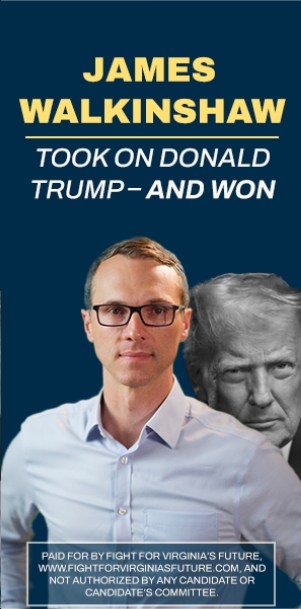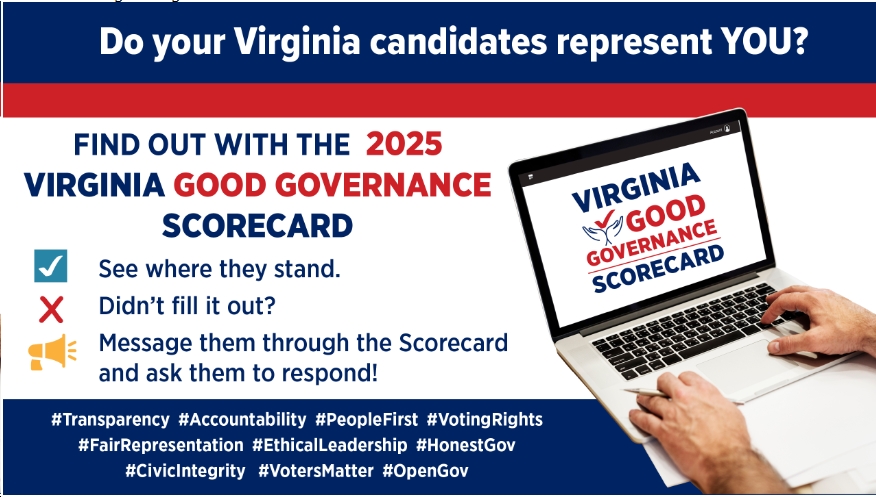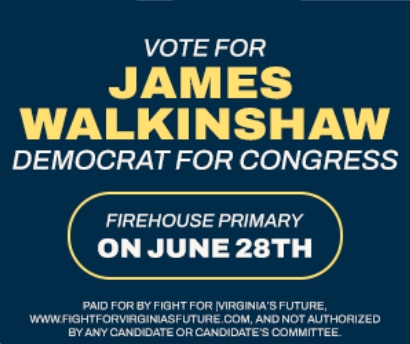See below for a fascinating post by Del. Danica Roem (D-Prince William County, Manassas Park) – a longtime reporter who knows this stuff inside and out – discussing the D.C. suburbs/exurbs, development, transportation, sprawl, and all kinds of stuff that policy wonks (like Danica Roem, me, etc.) love. Enjoy!
Please ignore the tacky clickbait headline of this link [Politico: Trump Doesn’t Understand Today’s Suburbs—And Neither Do You]. Today, I want to discuss transportation and development in Northern Virginia generally and western Prince William specifically.
While I get that the story is focused on demographics, it doesn’t explain our localized suburban policy issues at all, specifically around development and transportation.
So follow me through this status for a look at western Prince William:
Okay, so the 13th district borders the western boundary of Planning District 8: Northern Virginia. 703/571.
That puts us at the suburban/exurban sweet spot for Northern Virginia. You could argue the exurbs of NOVA these days are more like Stafford, Spotsylvania, Culpeper, Fauquier, Warren and Clarke counties but 5/6 of those counties are still heavily rural despite some growth during the last 20 years: ‘burb-style, single-family developments on 1/4 acre lots, curb & gutter, sidewalks and cul-de-sacs going up there. They look like Prince William homes but are further from D.C., so they cost less.
When I was a kid, PWC was the exurban limit, specifically Manassas. Even the Town of Haymarket was half its current size.
There weren’t many clustered developments at all in greater Haymarket, Gainesville, Bristow or Nokesville. Even non-farm homes were often on 1+ acre lots.
The way NOVA worked:
Arlington & Alexandria: inner suburbs
Fairfax: outer suburbs
Manassas/eastern PW/Leesburg/Sterling: exurbs
Everywhere else: rural
I was a courier. I saw it.
(As a PWC kid commuting to Catholic school in Fairfax, Fairfax snobbery projected toward kids “from the sticks” was a thing. I hated it *so* much.)
When you’re from eastern Manassas, you commute everywhere.
There wasn’t a sidewalk or a bus for two miles, prior to Arrowood. There were five farms (including one with cows right at the top of the street) and a bunch of dirt roads. Four of those farms are now gone and a lot of dirt roads paved over.
Manassas city/Bull Run/Sudley had 1/4-acre lots and sidewalks but not mixed-use and little mass transit. Meanwhile, 300K+ people moved in. Real-estate values shot up, so residential developers paid top dollar to redevelop farmland other buyers couldn’t possibly match. See the current fight over Kline Farm.
The tens of thousands of homes you now see along Heathcote, Linton Hall, Glenkirk, Rollins Ford and U.S. 15 near Regency and Dominion Valley; none of that existed in the mid-’90s.
The eastern half of Manassas Park wasn’t even suburban residential. Signal Hill was country.
Then came the sprawl. Lots of sprawl. The thing is though, the transportation infrastructure never came even close to keeping up because the Prince William Board of County Supervisors was for two decades as negligent as humanly possible with approving rezoning applications.
The Board was basically just like, “But Stanley Martin’s got what taxpayers crave. They’ve got proffers!”
This was profoundly stupid thinking, hence the Idiocracy reference: as long as developers gave money for social services and made some road improvements, all would be saved!
So developers would widen or repave a road in the immediate vicinity of the project… but the one teeny, weeny little problem is that people commute beyond their neighborhoods. So our roads became overcrowded (as well as schools), which hurts first responders’ response times.
“But we widened Linton Hall! We widened 15!”
Yes, you did — and because they’re first-mile, neighborhood-corridor improvements, they’re more resistant to induced demand than other projects.
But that fed into the next problem:
There was *Darth Vader voice* noooooooooooooooooo mass transit in northern Gainesville and Haymarket, even as all of these homes went up.
Nothing. Zip. Zilch.
So I fought like hell to get that Haymarket bus during my first year in office in 2018: 1-2 decades after we needed it.
When mass transit doesn’t exist, you necessarily have a driving culture to replace it. So you get used to slogging it out. Then the roads deteriorate and/or become overcapacity. So you want to fix the roads on your commute because it’s an immediate problem affecting you day.
So I launched my 2017 campaign with a simple slogan: “Fix Route 28 and Innovate!” I later boiled it down for my yard signs to “Fix Route 28 Now!” My platform **also** called for significant expansion of mass transit along with fixing Route 28. I had an all-of-the-above approach.
I explained my plan to find a cost-effective way to bring VRE to Gainesville, bring OmniRide regional buses to Haymarket at all and expand the Gainesville service, and increase VRE service on the Manassas. We need safe modern roads *and* multi-modal transit options in the ‘burbs.
Here’s the thing though: these problems are decades in the making. I was sworn in on Jan. 10, 2018. I voted for HB 768 that year so we would actually have the money we needed to expand mass transit in western Prince William.
Then, on December 17, 2018, we launched the Haymarket bus. Yay!
We then expanded bus service in Gainesville at the 29/University/66 parking lot and finally brought slugging west of Manassas. That’s also good. We need to keep expanding that. But the reality is thousands of my constituents still drive daily, even during the pandemic.
The idea that we’re not going to fix our existing roads because we need to encourage people to use mass transit instead doesn’t apply when you work a service or construction job out of a truck or van or you commute outside the Beltway.
That’s a *lot* of my constituents. Anyone who lives on or near Manassas Drive sees the trucks and vans and so do my Somerset Crossing constituents in Gainesville. That’s just the reality of living locally and working regionally. You go wherever the job is that particular day.
In western PW, we need Bus Rapid Transit, regional buses to the Dulles corridor and expanded rail (1: Expand VRE in PWC. 2: Metro Orange line out to Centreville once Metro fixes its existing infrastructure problems). But communities urban land planners love to hate (cul-de-sacs) already exist.
Yes, cul-de-sacs — not the people who live in them but strictly in terms of land use design — are conceptually flawed compared to grids due to the routes and time it takes emergency vehicles to enter/exit the community as well as the potential to create back-ups when exiting the community usually at only one or two spots.
But when it’s built, it’s built. I can’t undo what’s there. So we need to:
1) Fix our existing infrastructure.
2) Fundamentally reconceptualize residential development to include mass transit.
3) Preserve rural areas.
All of that leads to diversity: greater Manassas is a beautiful tapestry of humanity from around the world. I love it.
My criticism about our growth isn’t about who’s moved in or type of housing; it’s our existing infrastructure is woefully inadequate as it is.
We need to fix it.
I’ve watched white people speak against a development not because we don’t have the existing infrastructure to support it but because they only want single-family neighbors instead of multi-family.
That bothers me so, so, so much because the argument isn’t as much about contribution to the tax base — SFH have more vehicles on average than multi-family homes and more vehicles making more trips per day per unit than multi-family homes so I don’t buy it. It’s really a classist argument fanned by the POTUS that I absolutely cannot stand and cuts against the very core of my being as someone who welcomes people because of who they are, not despite it.
My bottom line is we need to build up our infrastructure, not tear down each other. When you knock doors along the Heathcote Boulevard corridor in Gainesville and Haymarket in a fairly modern area with homes that are, for the most part, less than 15 years old, and you meet people from Africa, Central America, southeast Asia — even a few families all the way from Nepal, which is so cool! — it’ll make your heart sing. You know that our diversity really is our strength. At the same time, no matter what we look like, where we come from, how we worship if we do or who we love, we all face infrastructure challenges in western Prince William and the greater Manassas area. Let’s work together to solve them instead of pit one another against each other.
Warmly,
Danica
https://www.politico.com/…/suburbs-history-race-politics-39…
*****************



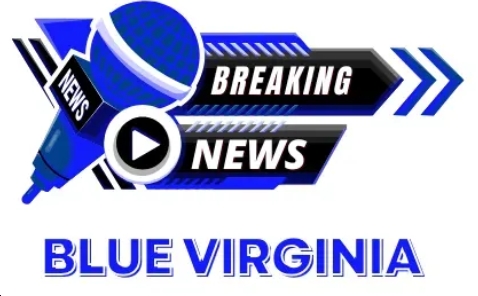 Sign up for the Blue Virginia breaking news newsletter
Sign up for the Blue Virginia breaking news newsletter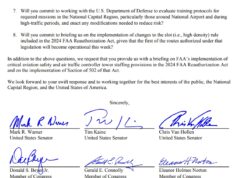
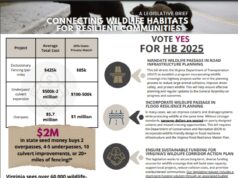
![Rep. Don Beyer (D-VA08) on “reports of the devastating effects Donald Trump’s Project 2025 agenda would have on [Metro]”](https://bluevirginia.us/wp-content/uploads/2024/10/trumpmetro-238x178.jpg)

